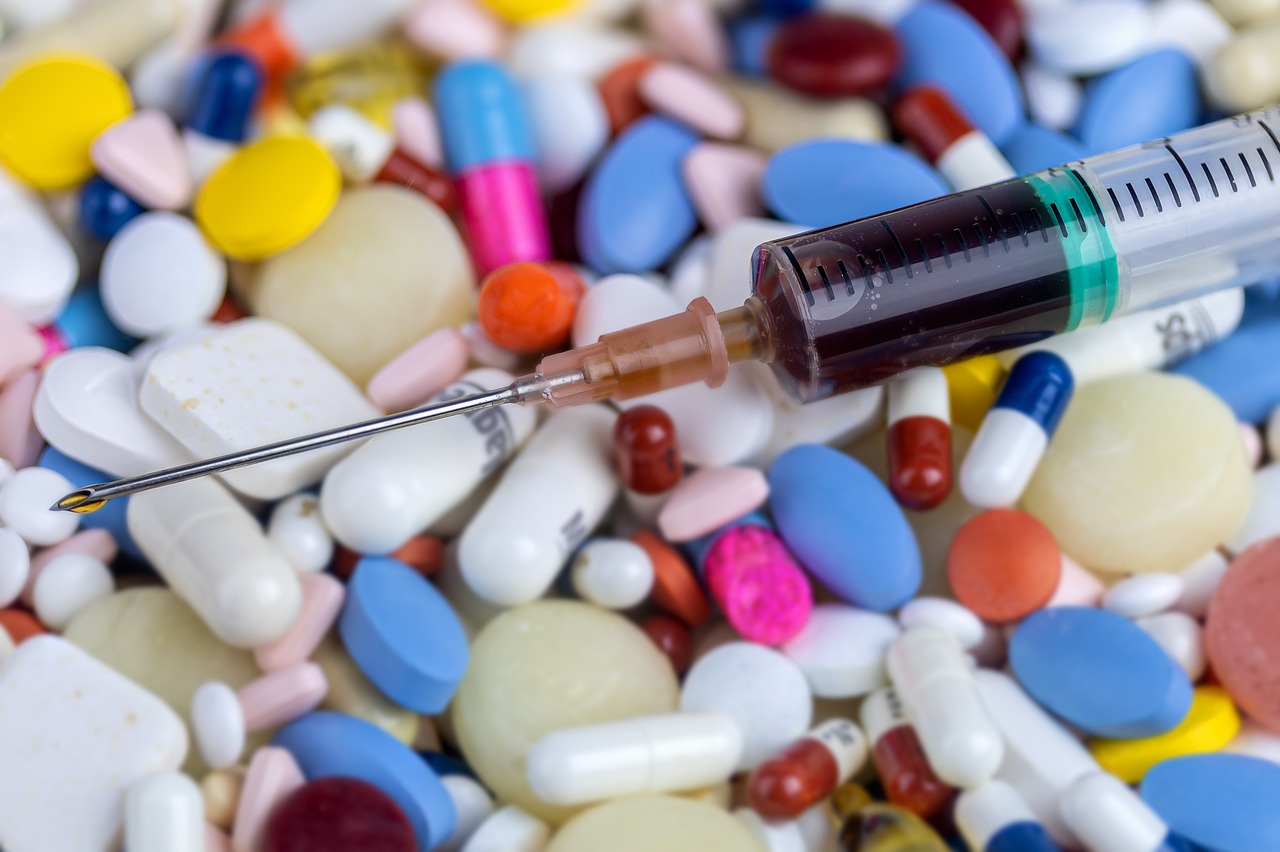Combating Counterfeit Flea Treatments to Safeguard Pets

The U.S. Environmental Protection Agency (EPA) has implemented measures to prohibit the sale of counterfeit flea treatments that can pose significant health risks to pets. These fraudulent products are cleverly packaged to mimic well-known brands like "Frontline" and "Advantage" and have been unlawfully brought into the United States.
Counterfeit Flea Medications: A Risk to Pets
One of the primary dangers associated with these counterfeit pesticide treatments lies in the mislabeling of doses intended for dogs on products designated for use on cats. Proper dosages are calculated based on an animal's weight, and administering dog medication to a cat can lead to adverse effects, including vomiting, seizures, and, in severe cases, fatal outcomes, warns Dr. Cori Gross, a Seattle-based veterinarian and former field veterinarian for Nationwide pet insurance.
Suppose you suspect your pet has been treated with a counterfeit flea medication. In that case, it is essential to contact your veterinarian promptly or contact the Pet Poison Hotline at 1-800-213-6680, which is available around the clock.
Detecting Authentic Flea Medications
Manufacturers of legitimate flea treatment products are not responsible for counterfeit versions. The EPA clarifies that retailers may have unintentionally sold genuine and fake flea treatments. Therefore, consumers should take it upon themselves to determine the product's authenticity. The following criteria outlined by the EPA can help consumers discern genuine products:
For Frontline Flea Products:
-
The lot number on the retail carton should match the number on the applicator package and individual applicators.
-
An instruction leaflet should contain vital information such as first-aid statements, precautionary instructions for humans and pets, directions for use, and storage and disposal guidelines.
-
The pesticide should be enclosed in a child-resistant applicator package, which includes directions for opening, typically depicted by an illustration on the box.
-
A legitimate applicator package features a notch between the individual applicators, a feature commonly absent in counterfeit products.
-
The product labeling and applicator information should be in English only.
-
Each applicator for dog products should include the dog's size in pounds for which the product is intended.
-
Applicator labels include essential information, such as the registrant's name (Merial), product name, EPA registration number, net contents in fluid ounces (not in metric measure), percentage of active ingredient (fipronil for Frontline Top Spot products, and fipronil and (S)-methoprene for Frontline Plus products), and statements like "CAUTION," "Keep out of reach of children," and "See full label for additional directions."
For Advantage Flea Products:
-
According to the EPA, the primary method of distinguishing legitimate Advantage flea products is by inspecting the applicator tubes.
-
Check the language printed on the applicator tubes. Authentic Advantage products feature applicator tubes published in English, while labels in French or German indicate counterfeit products.
-
Genuine applicator tubes will include the EPA registration number, the word WARNING, and a child hazard warning ("Keep Out of Reach of Children").
-
The applicator tubes will contain a reference statement directing users to the primary labeling for usage instructions and include the manufacturing company's name (Bayer).
-
Applicator tubes should feature an active ingredient statement consistent with the active ingredient statement on the retail carton (9.1 percent imidacloprid). Counterfeit products may display an active ingredient statement, such as 10 percent.
Identifying Counterfeit Flea Products
The counterfeit flea treatments are commonly associated with specific brand names and corresponding EPA registration numbers. To ensure the authenticity of your flea treatment, it is crucial to cross-check the information and identify any discrepancies. Here are some counterfeit brand names and EPA registration numbers to be aware of:
For Frontline:
-
Frontline Top Spot for Cats (EPA Reg. No. 65331-2)
-
Frontline Top Spot for Dogs (EPA Reg. No. 65331-3)
-
Frontline Plus for Cats (EPA Reg. No. 65331-4)
-
Frontline Plus for Dogs (EPA Reg. No. 65331-5)
For Advantage:
-
Advantage 10 for Dogs (EPA Reg. No. 11556-117)
-
Advantage 20 for Dogs (EPA Reg. No. 11556-119)
-
Advantage 55 for Dogs (EPA Reg. No. 11556-120)
-
Advantage 100 for Dogs (EPA Reg. No. 11556-122)
-
Advantage 9 for Cats (EPA Reg. No. 11556-116)
-
Advantage 18 for Cats (EPA Reg. No. 11556-118)
Choosing the Right Flea Treatment
Dr. Gross recommends discussing flea treatment options with your veterinarian to safeguard your pets from the risks associated with counterfeit flea treatments. Seek professional advice, especially when deciding between over-the-counter products and prescription formulations.
What to Do if Your Pet Exhibits an Adverse Reaction to a Flea and Tick Product
If you suspect that your pet has suffered an adverse reaction from using a flea and tick product, take these steps for immediate action:
Consult the Product Label: Begin by referring to the precautionary statement on the product label.
Contact Your Veterinarian: Contact your veterinarian immediately for professional guidance and assistance.
Gentle Bathing: Bathe your pet using mild soap and rinse them thoroughly with copious water.
Collar Removal: If your pet is wearing a flea and tick collar and experiences any adverse reactions, promptly remove the collar.
Adverse reactions to flea and tick products in dogs or cats may manifest as:
Skin Effects:
-
Irritation
-
Redness
Stomach or Intestinal Problems:
-
Vomiting
-
Diarrhea
Nervous System Effects:
-
Trembling
-
Depressed Appearance
-
Seizures
Get insurance plans with wide-ranging coverage options












